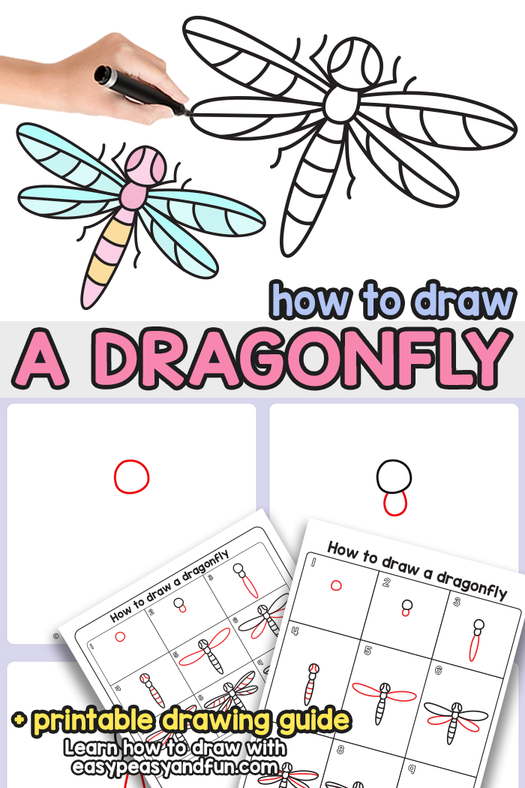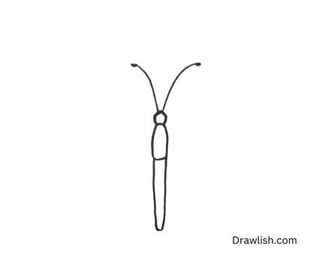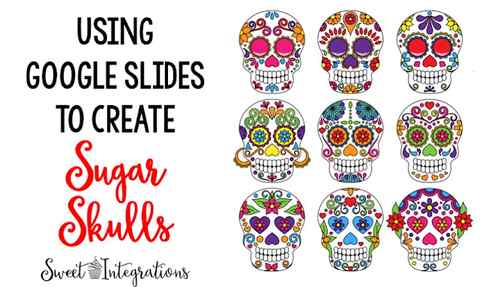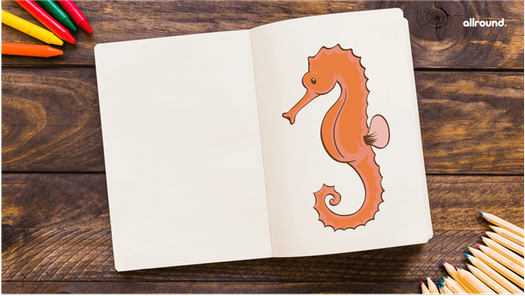Below is a tutorial of how you can transfer an inkjet printer image onto your wood. The example focuses on a colorful image, but do not let it confuse you as you can still transfer black patterns and such onto your wood piece.
How To Transfer Designs To Wood Without Using Heat

If you want to learn all the ways Rachel recommends for transferring designs to wood, check out The Wood Burn Book by Rachel Strauss.
top 3 ways to easily transfer an image onto wood.
GRAPHITE
- Graphite Paper $8 (100 sheets)
- Tombow Pencils $9 (6 pack)/Ticonderoga Pencils $5 (12 pack)/Embossing tool $8 (5 pack)
- After your design is sized to your prepared wood; line it up and secure it using tape.
- Slide your graphite paper, dark side facing the wood, underneath the design.
- Take your pencil/pen/embossing tool and follow your design lines using light-medium pressure. Ensure you follow the design lines as closely as possible.
- Check on the progress of your design, but do not remove the design until you check to make sure it has completely transferred.

Pro: Only need graphite paper, design, tape and a pencil. Low cost, easy to use and does a great job transferring even detailed designs. Graphite paper can be reused numerous times, and your designs can be used again as well.
Con: Graphite doesn’t remove easily on wood, so you have to be really careful with the transferring. Accidental smudges can happen. Store graphite separately from wood to make sure they don’t rub together. If you do get any smudges or leftover graphite, there is a chance you can save it by giving it a gentle sand with a 180 to 220 grit sandpaper (a finer grit sandpaper).
You can also get White Graphite
- White Graphite $10
- Tombow Pencils $9 (6 pack)/Ticonderoga Pencils $5 (12 pack)/Embossing tool $8 (5 pack)
Use the same technique as graphite paper but on a dark background. The darker the background, the better this method shows up!
BLUE CHACO PAPER
- Blue Chaco $15
- optional: Embossing tool $8 (5 pack)
This is a special paper with blue chalk on it. It transfers much like graphite paper, but erases with just a damp cloth.
- Tape your design onto your wood, face up.
- Slide the blue Chaco paper underneath with the blue side facing the wood.
- Follow your design lines using an embossing tool or a ballpoint pen.
- Check on progress of transfer, and remove design and chaco paper when everything has transferred Can be used for woodburning.
- After wood burning is complete, you can remove the excess chaco markings with a damp cloth.

PRO: Transfers easily like graphite paper, easily removes with damp cloth. Doesn’t stain/scar wood. Can be removed entirely.
Con: Be careful not to use too much water. It rubs off easily, so it is not great for long-term use. A little harder to see.
You can also use White Chaco Paper
- White Chaco $6 (1 sheet)
- optional: Embossing tool $8 (5 pack)
Works the same as blue chaco paper but is great for an already darkened background, the darker the better. Can be removed with a damp cloth, sand eraser or mars plastic eraser.
1. Carbon Paper

Carbon paper is the most common and simple way to transfer a pattern onto wood. It is similar to transfer-paper in the way you apply it but it is probably a little better as carbon paper leaves a darker mark that is very well visible on wood.
This way is best if your pattern has a lot of detail and you are using wood that is not dark, such as butternut or basswood. Darker kinds of wood require transfer-paper instead of carbon paper.
- Print/draw your pattern on paper.
- Locate the area on the wood where you want to the pattern to be transferred
- Put carbon paper over the area where you want your design to be seen
- Put your printed/drawn pattern on top of the carbon paper
- Tape the paper to the wood to make sure it does not move as you trace it
- Trace the outline of the pattern, it’s best if you use a ballpoint pen.
- The carbon should have transferred onto the surface of the wood in the areas where you pressed on it with the pen.
This is a very simple method that always works pretty well. As an alternative to carbon paper, you can also use graphite paper, which is exactly the same thing, except you can erase it off wood much easier.
You can find carbon paper in most office stores or your local large retail stores for about a dollar. If you are in the US, head to your closest Walmart and you will most definitely find it there.
Transfer Paper

As mentioned previously transfer paper is very similar to carbon paper, the only difference is that it comes in many other colors other than grey.
Transfer paper is used instead of carbon paper on dark woods, such as walnut and mahogany. This way the outline of the pattern is visible with one of the brighter colors, standing out on dark wood.
The Method od applying transfer paper is exactly the same as carbon paper:
- Place the transfer paper between the pattern and the wood
- Tape it so it does not move
- Trace it!
Another benefit of transfer-paper is that you can separate your drawings into two different colors. This is especially useful if you are for example tracing two faces next to each other and you don’t want to get confused.
All you have to do is replace the transfer paper from under your pattern with another color, and then trance the second part of the drawing that you want to be in a different color, just make sure that your pattern is well taped to the surface of the wood and that it does not move.
Transfer-paper comes in all colors. The best colors to use in our opinion are light-blue and white as they stand out really well and are easily visible in all different lightings.
Transfer paper can be found in most art stores, it is not as common as carbon paper in retail stores and office stores but with a bit of luck, you may even find it there.
Iron

While with carbon paper and transfer paper you may have used non-flat surfaces in some cases when tracing, with Iron it’s different. You should only use an iron to transfer your design onto the wood, if your wood is flat, otherwise, it does not have a chance of working out well.
This method is best if you need a very precise design that perfectly shows you the outline of the pattern. Also useful if you are required to have curved thick lines and other complex detail that you will have a hard time getting right when tracing.
The great thing about using an iron is that every detail of the design is transferred onto the wood, and it may even be slightly faster than tracing it if you need to transfer many designs, or a larger one that is more complex.
- Place the printed image on the wood “face down” with the drawing touching the wood and not facing up
- Tape the paper to make sure it does not move as you iron it
- Gently stroke the paper with the iron to head up the paper and clear it of any folds. Do not hold the iron on one spot for a long time
- When peeling off the paper off the wood make sure it is hot otherwise the paper will get stick to the wood
- As you peel off the paper off the wood, check for any undeveloped areas, if there are any, place the paper back on the wood and work on them with the tip of the iron (If you taped the paper at the start the paper will go to the exact same location and will not be shifted
- Peel off the paper once you’re happy with the transfer
If you are going to use this method read below as there are some very important things you must know!
- The most important thing you should know is that it will only work if the image is printed out on a laser printer. Inkjet-printed images will not transfer.
- If you have any numbers or letters on the design, keep in mind that they will be in reverse as you place the image on the wood “face-down”. If you want them to be original you will have to print them as a reflection
- Bright colors work best for this kind of transfer, but the usual black color will also do a good job.
Overall this is not the most recommended method as there are a few complications that can happen when ironing the design onto the wood. However, if it is necessary to transfer detail on the wood, iron is a hard but a good method for such a task.





